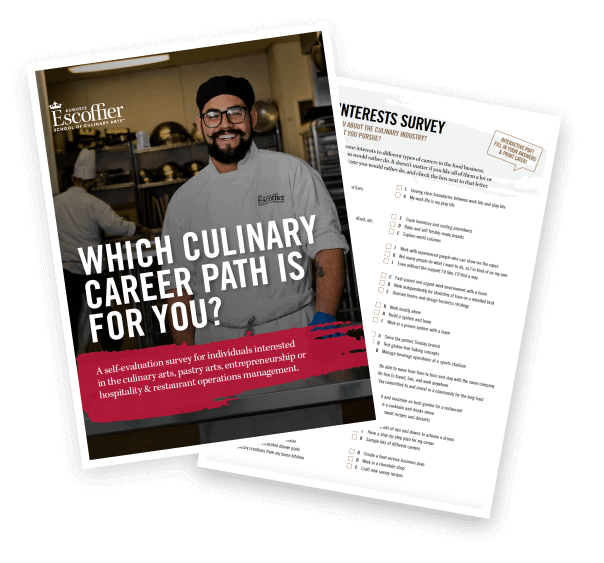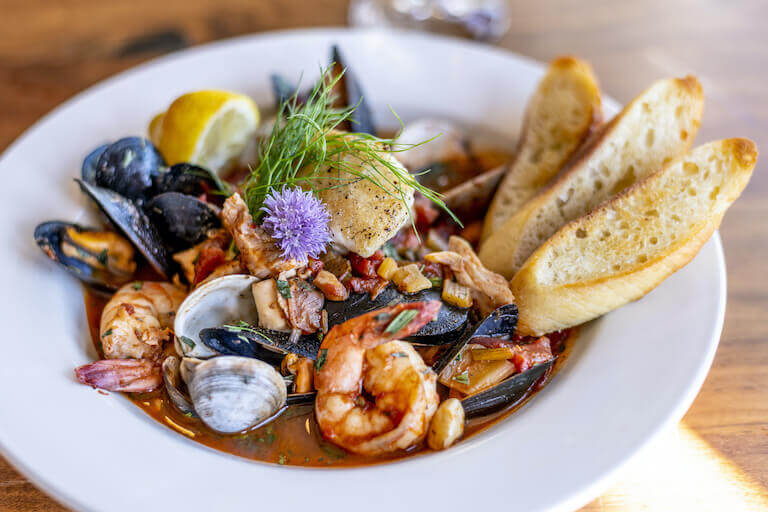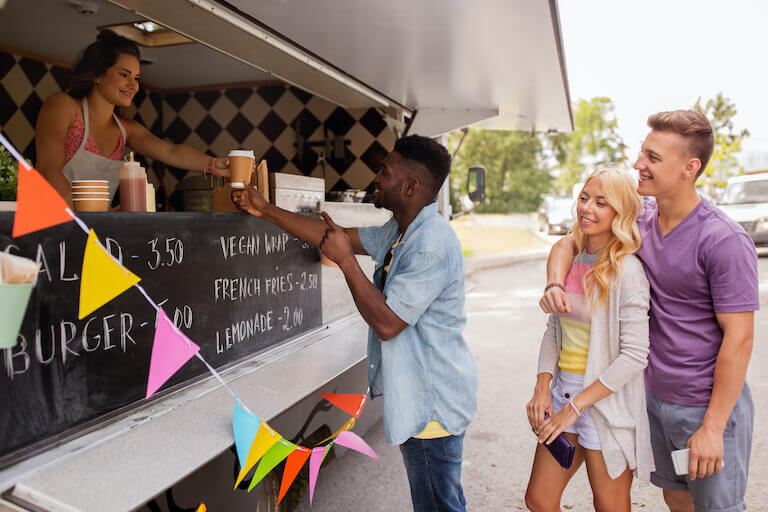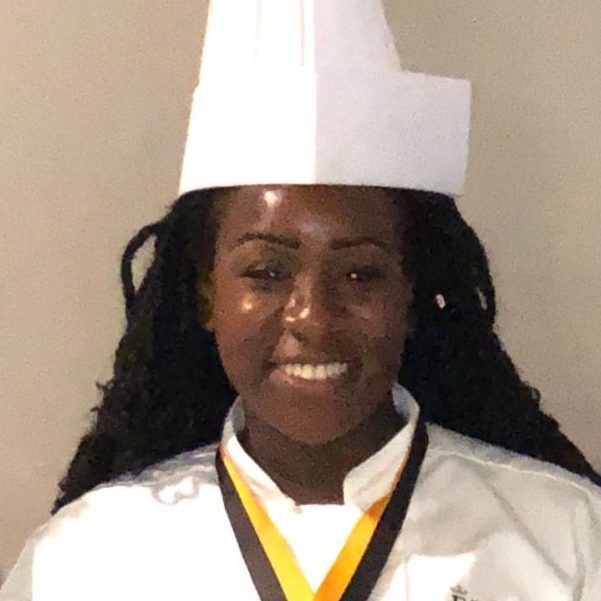A positioning statement is a concise declaration that outlines how a business wants to be perceived, focusing on a specific target market. Positioning your business is a vital component of any business plan. While it’s important in nearly all industries, it’s especially important in the restaurant industry, where margins are slim, and you need to stand out from the crowd in order to make a profit.
Oftentimes restaurants may not have a huge advertising budget, so they need to be very intentional when spending their advertising dollars. The best way to ensure you’re marketing your business effectively is to be keenly focused on both your brand and target customers.
So now that we’ve defined what positioning is, how should you position your restaurant? In this article, we’ll walk you through the basic framework and offer examples of great restaurant marketing through positioning.
Framework for Forming a Positioning Statement
- Define your story
- Communicate your philosophy
- Consider your target customers
- Compare with your competitors
Examples of Restaurant Positioning Statements
Chain Restaurants Promoting Responsible Sourcing
Starbucks
Starbucks has positioned itself to be more sustainable than other national coffee chains through advertising its ethically-sourced coffee blends. By clearly communicating their sourcing methods and commitment to sustainability, they have successfully combined the consistency of a national chain with the feeling you are supporting a local business.
Chipotle
Chipotle has done an excellent job positioning themselves as valuing sustainability and responsible ingredient sourcing. They saw a void in the fast casual market for fresh, ethically sourced food that is at a lower price point and available quickly and easily, so they decided to fill that need for consumers.
Worldwide, people are increasingly looking for ethically-sourced, eco-friendly food options, or “Food with Integrity” as Chipotle refers to it in their mission statement. Using premium, all-natural ingredients like responsibly-raised meat and freshly prepared vegetables is what sets Chipotle apart. It’s the reason that their customers keep coming back for more.
Founding Farmers
Founding Farmers, a restaurant chain based in the Washington D.C. area, also clearly communicates their dedication to adopting sustainable practices on their website and in restaurant marketing materials. This not only involves responsible sourcing of ingredients, but also includes evaluating every organizational decision on the effects of the farmers and vendors, the local community, and the environment.
Beyond clearly defining their story and values, the business model at Founding Farmers is crafted specifically to help generate profits for American farmers in a sustainable and eco-friendly manner, so they are truly practicing what they preach. Whatever your positioning, you want to make sure you back it up in your actions.

Defining your restaurant’s concept and story helps customers to identify with your brand. Communicating information about your restaurant concept and cooking philosophy can help communicate your primary values and support your brand image and positioning.
Fine Dining Restaurants Finding Their Niche
Fine dining restaurants want to create menus that appeal to their target customers. At a higher price point, the menu needs to go beyond great taste, which is a basic expectation. Customers at fine dining restaurants expect superior service and presentation, as well as great food.
Alinea
Alinea in Chicago offers elaborate tasting experiences that involve all of the senses. Going to Alinea is more like seeing a show than going out to dinner – it is a form of entertainment. They position themselves as constant innovators; in fact, “Alinea” means the beginning of a new train of thought. They’ve recently completely redesigned their menus and experience offerings to stay current and keep their target customers interested in returning to the restaurant by offering new concepts.

Take the Culinary Career Survey
We’ve compiled a checklist of all of the essential questions into one handy tool: career options, culinary interest surveys, educational opportunities, and more.
Le Bernardin
Le Bernardin is a three Michelin Star restaurant located in New York City where there is a high number of fine dining options available. To differentiate itself from other fine dining establishments in the area, they position themselves as experts on seafood. Although they do offer a few options other than fish to appeal to a wider audience, the majority of the restaurant’s offerings include the freshest, highest quality seafood cooked to perfection.

Alternative Restaurant Concepts Focusing on Technology
Alternative restaurant concepts such as ghost restaurants and food trucks typically target millenials and focus their marketing heavily on third-party delivery apps and social media. Food trucks, for example, with their flexible hours, locations, and changing menus often advertise these details on a daily basis on Facebook and Instagram.
When Auguste Escoffier School of Culinary Arts graduate Nahika Hillery opened her own food truck, Kreyòl Korner, she focused primarily on quality customer service and connecting with the community to stand out from the competition.
“One of the biggest things that I would push for anyone wanting to start this business is immediately working on a strong customer service model. Your customer service, connecting with the community, and the community connecting with your food is absolutely everything in the food industry.”
Nahika Hillery, Escoffier Culinary Arts Graduate & Chef/Owner, Kreyòl Korner
Aside from connecting with the community, Kreyol Korner, based out of Austin, Texas, does a large portion of its marketing through Instagram. The restaurant’s colorful images on its Instagram page showcase the bright Caribbean cuisine in an exciting way that draws customers in.

Additionally, because of the lower overhead costs involved with ghost restaurants and food trucks, they are often able to offer lower prices than competitors for similar quality food. They are able to easily change their menus frequently based on demand, and quickly update their menus on user-friendly apps.
Go Deeper on How To Position Your Restaurant
As we’ve shown, it’s extremely important for restaurants to reflect internally on their brand and have a clear positioning statement. It helps to maintain focus on your brand’s value proposition and should affect everything you do based on that. A strong brand identity starts with a strong positioning statement.
Another benefit is internal. The positioning statement should align your staff and act as a decision-making framework throughout the organization, creating a sense of unity and cohesion in the restaurant.
Culinary school can help you learn more about writing a business plan starting with a strong positioning statement.
Want to learn more about restaurant marketing?

 “One of the biggest things that I would push for anyone wanting to start this business is immediately working on a strong customer service model. Your customer service, connecting with the community, and the community connecting with your food is absolutely everything in the food industry.”
“One of the biggest things that I would push for anyone wanting to start this business is immediately working on a strong customer service model. Your customer service, connecting with the community, and the community connecting with your food is absolutely everything in the food industry.”

